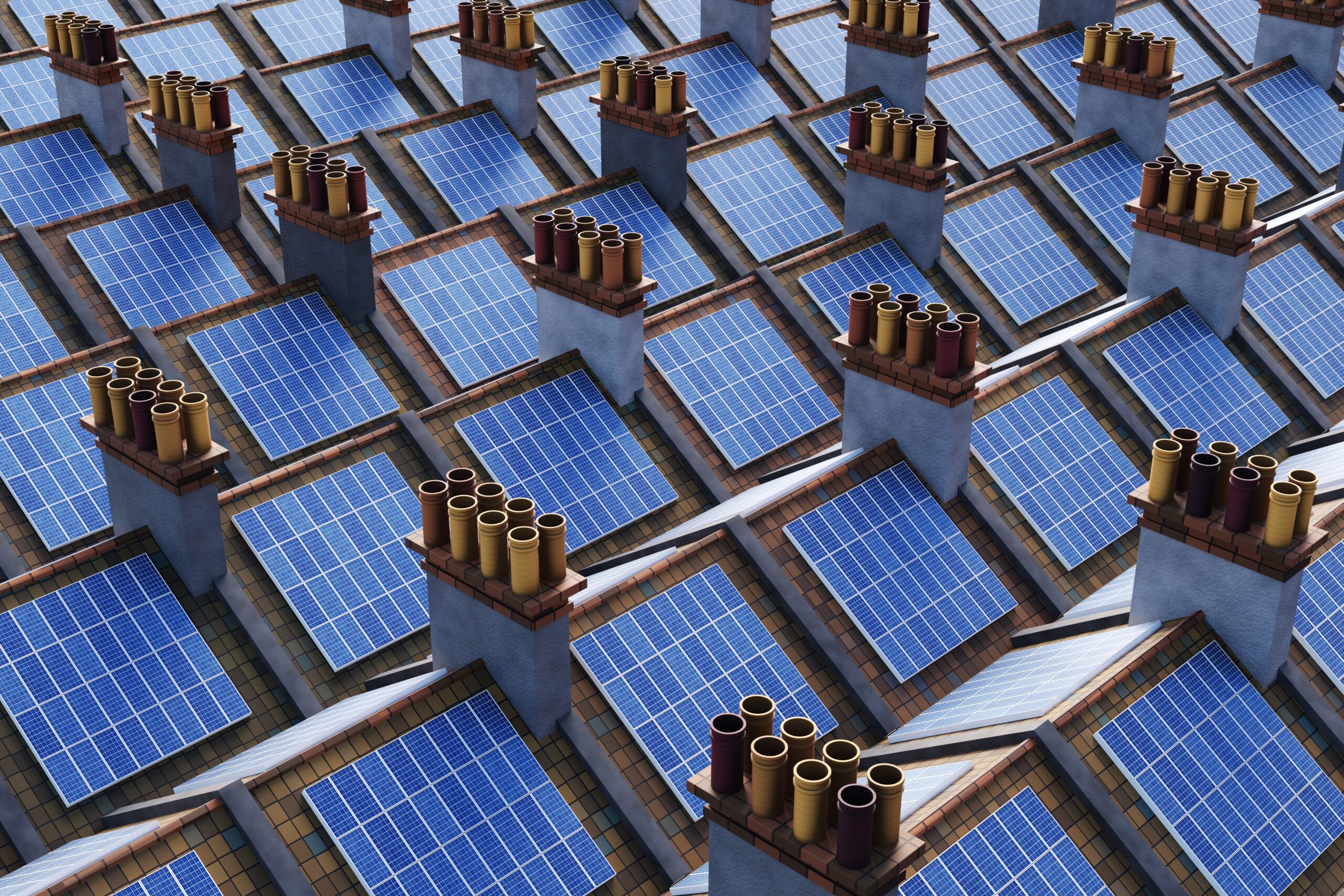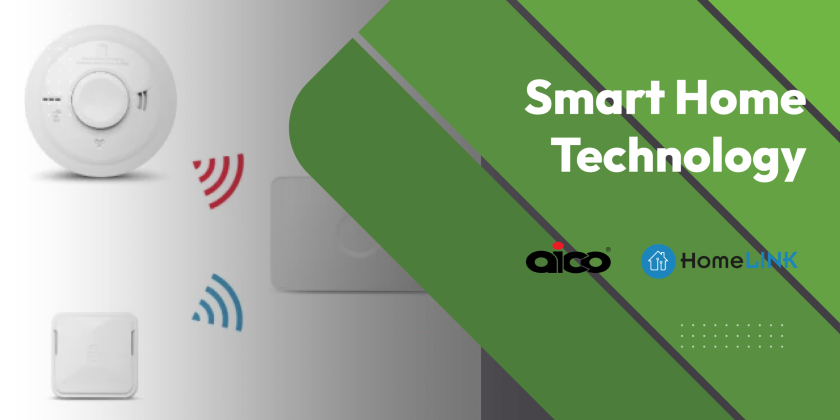The Ultimate Guide to Choosing the Best Solar PV Panels for Your Home
Harnessing the power of the sun has never been easier, thanks to advances in solar photovoltaic (PV) technology.
As more homeowners seek greener and cheaper energy solutions, choosing the best solar panels for becomes important.
With many options available, it can be hard to choose panels which offer the right balance of efficiency, durability, and cost for your situation.
In this guide, we will cover the key things to look for when choosing solar PV panels for your home, so you can make a confident decision when the time comes.
Understanding Solar PV Panels
What Are Solar PV Panels?
Solar photovoltaic (PV) panels are devices designed to convert sunlight directly into electricity. They are composed of many solar cells, typically made from silicon, which absorb photons from sunlight.
This process generates an electric current through the photovoltaic effect. The electricity produced can then be used to power your home.
Solar PV panels come in various types, including monocrystalline, polycrystalline, and thin-film, each with its own set of advantages and drawbacks. Monocrystalline solar panels are the most advanced and popular option for UK households, as they are made from a single silicon crystal, increasing their efficiency even in smaller panels.
They offer higher power and efficiency, making them more suitable for homes with high energy consumption but limited space.
The best solar PV panels are those that offer the highest efficiency and durability for your specific needs.
How Do Solar PV Panels Work?
When sunlight hits the solar cells within the panels, it excites electrons in the silicon material, causing them to move. This movement of electrons generates a direct current (DC) of electricity. An inverter then converts this DC electricity into alternating current (AC), which is used in most homes.
The generated electricity can be used immediately, stored in batteries for later use, or fed back into the grid. The efficiency of this process depends on the type of solar cells used, the angle and orientation of the panels, and the amount of sunlight the panels receive.
Using an efficient solar panel is crucial as it maximizes energy conversion, ensuring higher energy output, lower degradation over time, and suitability for homes with limited roof space.
Types of Solar PV Panels
When choosing the best solar PV panels for your home, it’s essential to understand the different types available: monocrystalline, polycrystalline, and thin-film.
- Monocrystalline panels are made from a single, pure crystal of silicon, making them highly efficient and space-efficient due to their uniform structure. They tend to be more expensive but offer the best performance.
- Polycrystalline panels are made from multiple silicon crystals, making them less efficient than monocrystalline but more affordable. They have a blue hue and are slightly larger for the same power output.
- Thin-film panels are made by depositing a thin layer of photovoltaic material onto a substrate. They are the least efficient but can be more flexible and lightweight, making them suitable for unconventional installations.
Each type has its pros and cons, and the best solar PV panels for your home will depend on your specific needs and budget. It’s also important to compare these with other solar panels on the market to ensure you are making the most informed decision.
Factors to Consider
Efficiency and Performance
Efficiency refers to the percentage of sunlight that a panel can convert into usable electricity. Higher-efficiency panels generate more electricity from the same amount of sunlight, making them ideal for homes with limited roof space.
Monocrystalline panels generally offer the highest efficiency, often exceeding 20%, while polycrystalline panels typically range between 15% to 17%. Thin-film panels usually have lower efficiency, around 10% to 12%.
Performance, on the other hand, involves how well the panels operate under various conditions, such as low light or high temperatures.
Some panels are designed to perform better in less-than-ideal conditions, ensuring a consistent energy output.
Cost and Financial Incentives
Cost is a significant factor when choosing the best domestic solar panels for your home, especially considering the initial investment and long-term savings. The initial investment can vary widely depending on the type and quality of the panels.
Monocrystalline panels, while highly efficient, are generally more expensive than polycrystalline and thin-film options.
However, it’s essential to consider long-term savings on energy bills and potential increases in property value. In addition to the upfront costs, homeowners should explore available financial incentives.
Many governments offer rebates, tax credits, and grants to encourage the adoption of solar energy. In the UK, for example, the Smart Export Guarantee (SEG) scheme allows homeowners to earn money by exporting surplus electricity back to the grid.
Installation and Maintenance
Proper installation and maintenance are crucial for ensuring the longevity and efficiency of your solar PV panels. To install solar panels, it is important to seek professional installation to ensure the panels are securely mounted and optimally positioned to capture maximum sunlight.
The process typically involves assessing your roof’s structural integrity, determining the best angle and orientation for the panels, and connecting the system to your home’s electrical grid. Maintenance, while generally minimal, is essential to keep the panels functioning efficiently. Regular cleaning to remove dirt, debris, and snow can prevent performance degradation.
Additionally, periodic inspections by a professional can identify potential issues, such as loose connections or shading problems, before they become significant.
Comparing Solar PV Panels
Monocrystalline Solar Panels vs Polycrystalline
When comparing monocrystalline and polycrystalline solar PV panels, it’s important to consider efficiency, cost, and aesthetics. Monocrystalline panels are made from a single, continuous crystal structure, giving them a higher efficiency rate, often exceeding 20%. This makes them the most efficient solar panel option, ideal for homes with limited roof space, as they produce more electricity per square metre. They also have a sleek, black appearance which many homeowners find aesthetically pleasing. However, they are typically more expensive.
Polycrystalline panels, on the other hand, are made from multiple silicon crystals, which lowers their efficiency to around 15-17%. They are more affordable and have a blueish hue, which some may find less attractive. Ultimately, the choice between monocrystalline and polycrystalline panels depends on your specific needs and budget. If space and efficiency are your primary concerns, monocrystalline panels are likely the best choice. For those looking for a cost-effective solution, polycrystalline panels offer good value.
Thin-Film Solar Panels
Thin-film solar panels are a versatile option. Unlike monocrystalline and polycrystalline panels, thin-film panels are made by depositing a thin layer of photovoltaic material onto a substrate like glass, plastic, or metal. This gives them a unique flexibility and lightweight profile, making them suitable for a variety of applications, including rooftops with limited load-bearing capacity and unconventional installations like building facades.
However, they do come with lower efficiency rates, typically around 10% to 12%, which means they require more space to generate the same amount of electricity as more efficient solar panels, such as crystalline panels.
On the upside, thin-film panels can perform better in low-light conditions and at higher temperatures. They are also generally less expensive to produce. When evaluating thin-film solar panels, it’s crucial to weigh their lower efficiency against their flexibility and cost benefits to determine if they are the best solar PV panels for your specific needs.
Latest Innovations in Solar PV
The solar PV industry is continually evolving, with new innovations aimed at improving efficiency, reducing costs, and enhancing usability. One of the latest advancements is the development of bifacial solar panels, which can capture sunlight from both sides, increasing overall energy production.
Additionally, perovskite solar cells have garnered significant attention due to their potential for higher efficiency and lower production costs compared to traditional silicon-based cells.
Another innovation is the integration of solar panels with energy storage systems, allowing homeowners to store excess energy for use during cloudy days or at night. Smart solar panels equipped with micro-inverters and monitoring systems are also gaining popularity, enabling real-time performance tracking and optimised energy output.
These innovations are pushing the boundaries of what the best solar PV panels can achieve, offering homeowners more efficient and versatile options for harnessing solar energy.
Recent advancements in efficient residential solar panels have significantly improved their ability to convert sunlight into usable electricity, making them a more viable option for homeowners.
Assessing Your Home’s Suitability
Roof Condition and Orientation
Before installing solar PV panels, it’s important to assess the condition and orientation of your roof. The roof should be in good structural condition, as solar panels add weight and require secure mounting.
If your roof is old or damaged, consider repairs or replacement before installation. The orientation and angle of your roof significantly impact the efficiency of solar panels. Efficient solar panels are particularly important for maximizing energy production in various orientations.
In the UK, a south-facing roof is ideal as it receives the most sunlight throughout the day. East- or west-facing roofs can also work but may produce less energy. The angle of the roof should generally be between 30 to 45 degrees to maximise sunlight exposure. Shading from nearby trees, buildings, or chimneys can reduce the efficiency of solar panels, so a clear, unobstructed roof area is preferable.
Shading and Sunlight Exposure
Shading from trees, buildings, or other obstructions can significantly reduce the efficiency of your solar panels by blocking sunlight. Even partial shading can have a disproportionate impact, as it can cause a drop in the output of the entire panel array.
To ensure optimal performance, it’s essential to evaluate the potential shading throughout the year, considering the movement of the sun and seasonal changes. Sunlight exposure is equally important; regions with higher average sunlight hours will generate more electricity.
Tools like solar pathfinders or online solar assessment tools can help you measure potential sunlight exposure and identify shading issues.
Energy Consumption Needs
Start by analysing your electricity bills to determine your average monthly and yearly usage. This helps you estimate the size of the solar PV system required to meet your energy demands. Homes with higher energy consumption may need more or higher-efficiency panels to offset their usage effectively.
Additionally, consider any future changes in energy use, such as the addition of electric vehicles, home extensions, or new appliances. It’s also worth evaluating your energy efficiency; implementing energy-saving measures like LED lighting and efficient appliances can reduce overall consumption, making a smaller solar system more viable.
Making the Final Decision
Choosing the Best Solar PV Panels
Start by considering the type of panels—monocrystalline, polycrystalline, or thin-film—each with its own set of advantages and drawbacks.
Evaluate the efficiency and performance of the panels, especially in relation to your roof’s orientation and shading. Cost is another critical factor; compare the initial investment with long-term savings and potential financial incentives like rebates and tax credits.
Don’t overlook the importance of installation and maintenance; choose panels that can be securely installed and are easy to maintain. Additionally, consider the aesthetics of the panels if they are a significant concern.
Working with Installers
Selecting the right installer to install solar panels is crucial for the successful implementation of your solar PV system. Look for certified and experienced professionals who can provide references and have a proven track record. Obtain multiple quotes to compare prices, services, and warranties. A good installer will conduct a thorough assessment of your home, considering factors like roof condition, orientation, and shading.
They should offer a detailed proposal outlining the expected energy production, costs, and timeline. Additionally, ensure the installer is knowledgeable about the latest technologies and can recommend the best solar PV panels for your needs.
Clear communication is essential; your installer should be able to explain the installation process, maintenance requirements, and any potential challenges.
Long-Term Benefits
Investing in solar panels offers many long-term benefits that extend beyond immediate energy savings. Firstly, solar panels can significantly reduce or even eliminate your electricity bills, providing substantial financial savings over their lifespan, which typically exceeds 25 years.
Additionally, solar energy is a renewable and sustainable resource, contributing to a reduction in your carbon footprint and promoting environmental conservation.
Homes equipped with solar PV systems often see an increase in property value, making them more attractive to potential buyers. Furthermore, many regions offer financial incentives, such as tax credits and rebates, which can offset the initial installation costs.
Over time, advancements in solar technology will likely improve the efficiency and performance of your system, enhancing these benefits even further.



